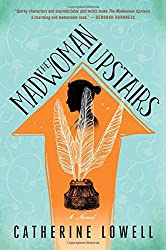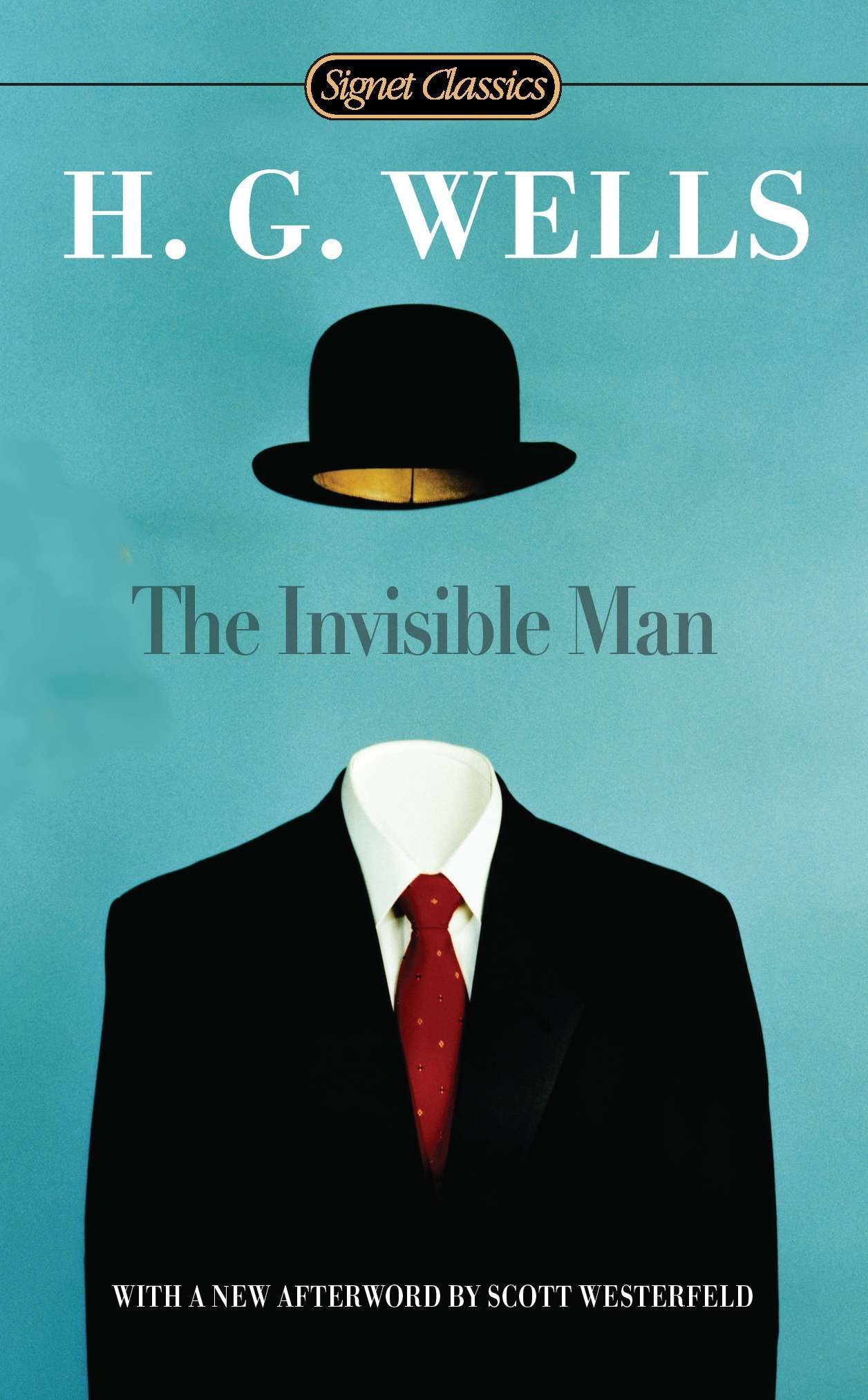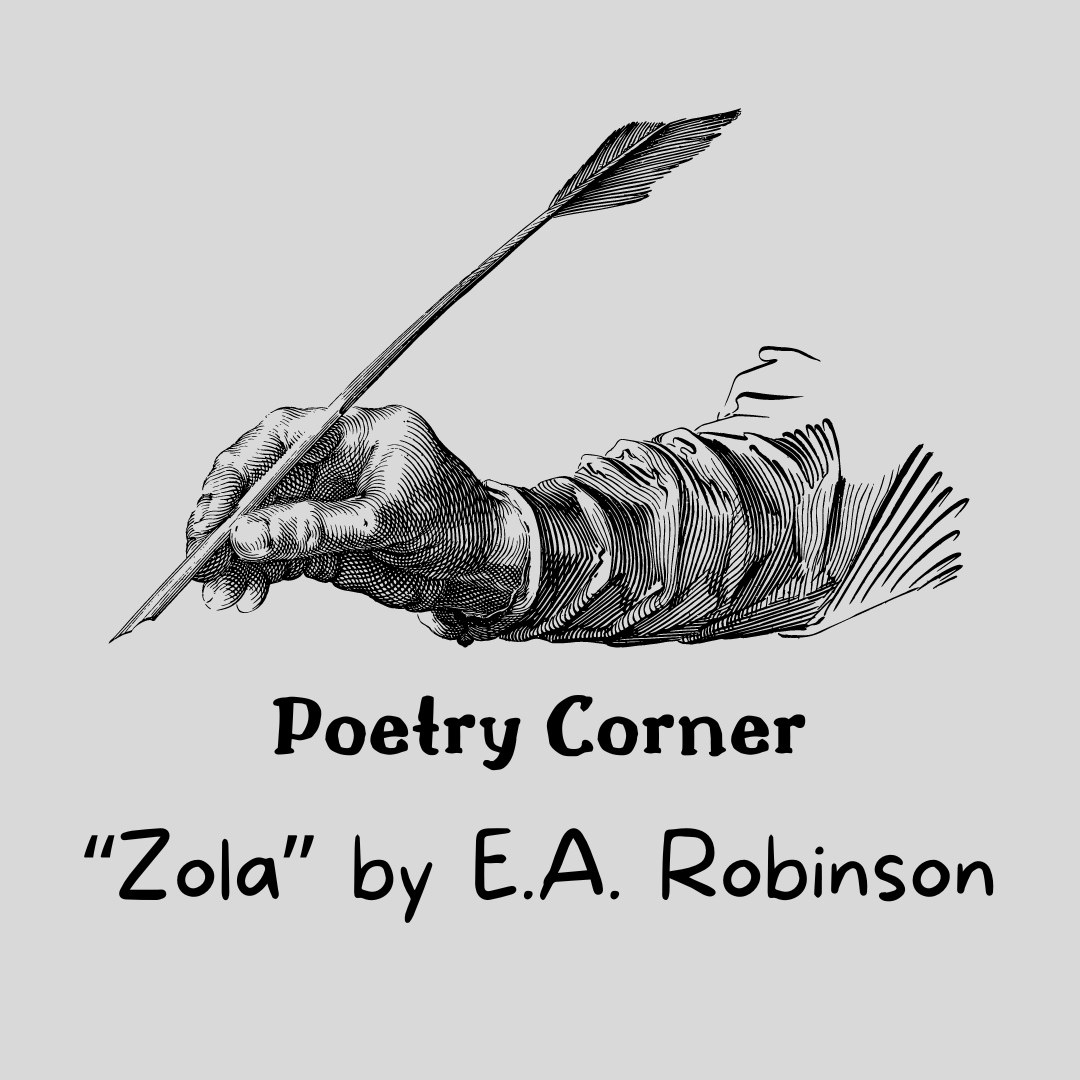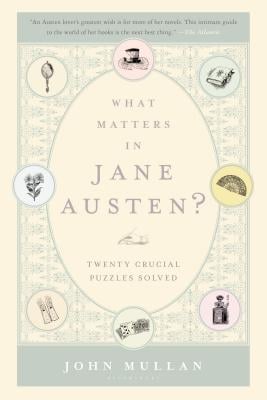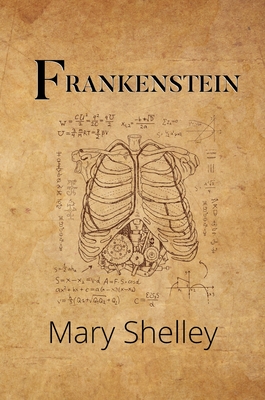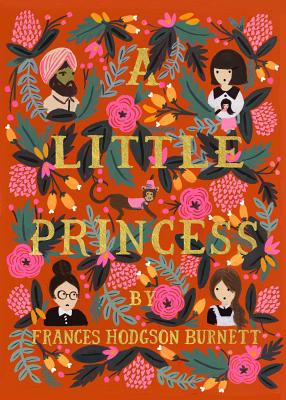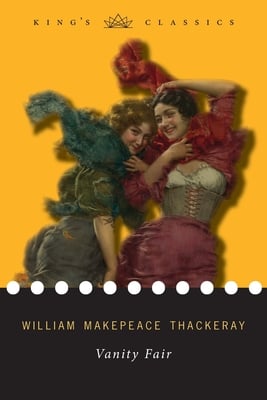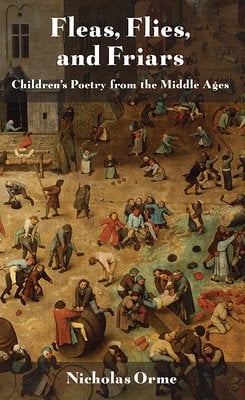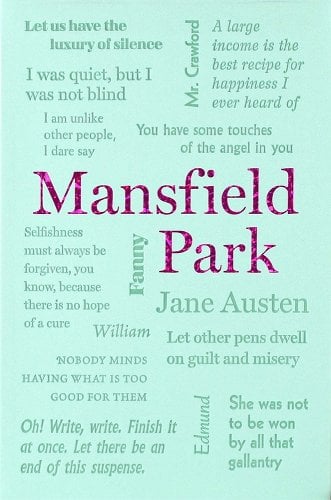I’ve been blogging on this page for eight years now. It’s kind of hard to believe that my oldest child was five months old when I began. Here I am, two more children later (and the youngest is 5 months old), and I struggle to find time to read the books I love let alone
